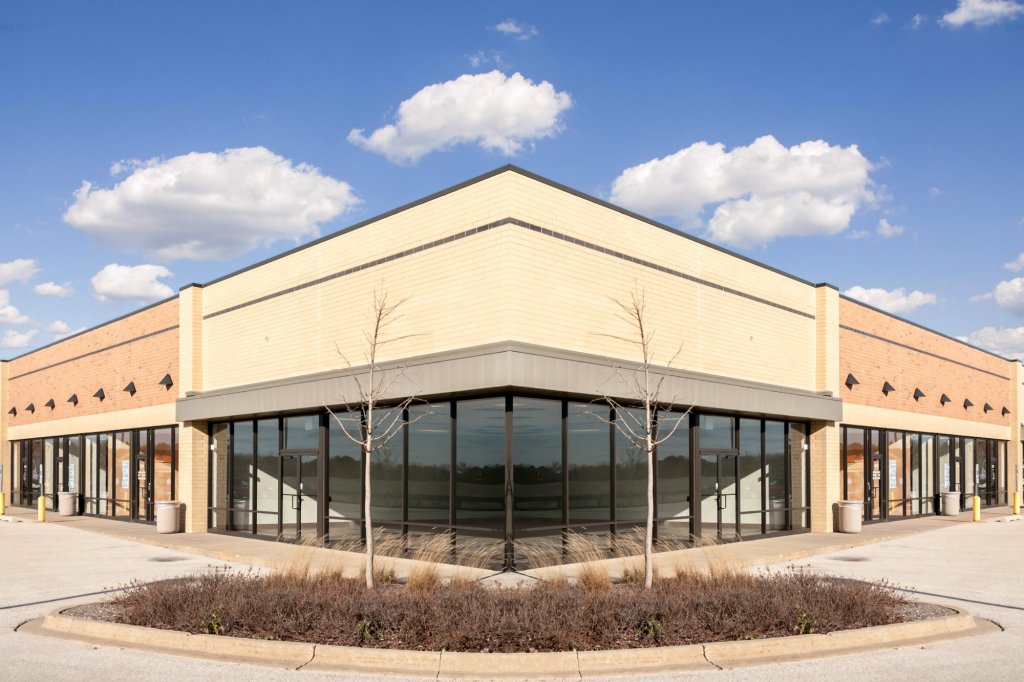Major U.S. retailers continue to import products at higher than normal rates to stay ahead of tariffs, but not as much as last year, according to the National Retail Federation.
This year’s imports are expected to grow modestly compared with 2018’s rush to beat tariff increases, as shown by the monthly Global Port Tracker report released by NRF and Hackett Associates.
The organization attributes this to recent talks with China, after which President Donald Trump said his administration would delay tariffs on another $300 billion in Chinese goods.
“Retailers still want to protect their customers against potential price increases that would come with any additional tariffs, but with the latest proposed tariffs on hold for now and warehouses bulging, there’s only so much they can do,” said Jonathan Gold, NRF’s vice president for supply chain and customs policy. “We will still see some near-record numbers this summer, but right now no one knows whether there will be additional tariffs or not. We hope the restarted negotiations with China will result in significant reforms rather than more tariffs that tax American companies and consumers.”
So far, tariffs of 25% have been placed on $250 billion in goods from China. Trump has indicated it may add another $300 billion to that tally. But after talks in June between Trump and China President Xi Jinping, the president said he would not impose the increases for now.
The retailing organizations fall squarely against increasing tariffs. “Trade has become the sharp end of foreign policy, and we continue to believe that this will ultimately damage both sides of the conflict in a lose-lose situation,” said Ben Hackett, founder of the company that bears his name.
According to the Global Port Tracker data, the U.S. ports monitored by the organization saw a 6% increase in May over the month before, and a 1.4% increase year-over-year. June’s imports were expected to rise less than 1% over the same time the previous year.
